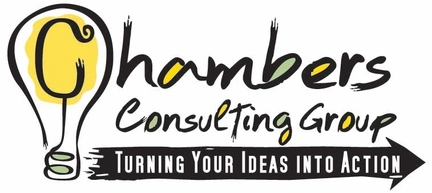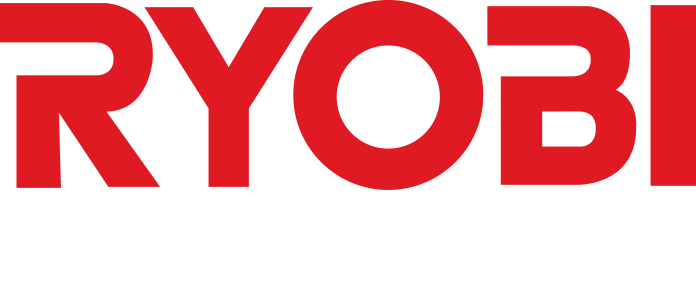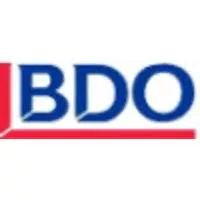Prioritizing work is essential for agile teams to deliver the maximum business value.
This guide covers 5 key techniques for prioritizing product backlogs along with their features, benefits, and real-world examples.
Special Offer – Course Packs Only $10.00 Each
Definitions
Prioritization – Ordering items such as stories and features based on importance and business value.
Product Backlog – The ranked list of work items for the product.
Background on Prioritization Techniques
Common agile prioritization methodologies and techniques include:
- MoSCoW Method – Categorizes items as Must Have, Should Have, Could Have, and Won’t Have.
- Kano Model – Categorizes items based on customer satisfaction as Basic Needs, Performance Needs, or Excitement Needs.
- Weighted Shortest Job First – Scores items based on weighted business value and development effort.
- Value vs Complexity – Plots items on a graph based on value and complexity.
- Relative Prioritization – Ranks items relative to each other.
MoSCoW Method
The MoSCoW method has team members categorize each backlog item into one of four priority groups:
Must Have – Critical requirements.
Should Have – Important but not critical requirements.
Could Have – Desirable but not necessary requirements.
Won’t Have – Lowest priority requirements.
Features
- Simple framework.
- Focuses on business value.
- Easy to update priorities.
Benefits
- Logical grouping of requirements.
- Critical features done first.
- Easy to communicate.
- Facilitates discussion.
Kano Model
The Kano model categorizes items based on customer satisfaction and effective prioritization:
Basic Needs – Must be fulfilled, but do not increase satisfaction.
Performance Needs – Increase satisfaction as performance improves.
Excitement Needs – Provide the most satisfaction, but are unexpected.
Features
- Captures emotional response.
- Identifies excitement factors.
Benefits
- Quantifies subjective priorities.
- Balances needs and excitement.
- Optimizes satisfaction.
Weighted Shortest Job First
In this quantitative technique, items are scored based on:
Business Value – Importance to customers.
Development Effort – Required work effort.
Higher priority scores indicate both high value and low effort.
Features
- Numerical scoring.
- Considers value and effort.
Benefits
- Data-driven decisions.
- Optimizes ROI.
- Easy to re-calculate.
Value vs Complexity
Items are plotted on a graph based on:
- Value – Business benefit.
- Complexity – Level of effort required.
Higher priority items have high value and low complexity.
Features
- Visual representation.
- Shows value vs effort.
Benefits
- Fast to create.
- Easy to update.
- Intuitive visualization.
Relative Prioritization
The team simply ranks all items relative to each other based on benefit.
Features
- Lightweight.
- Purely relative ranking.
Benefits
- Speedy prioritization.
- No overhead.
- Good for small teams.
Importance of Prioritization
- Focus resources on valuable features.
- Increase customer satisfaction.
- Enable continuous delivery.
- Reduce risk.
- Optimize ROI on development.
Steps for Prioritization
- Gather requirements.
- Estimate effort.
- Apply prioritization technique.
- Rank backlog.
- Review priorities frequently.
- Re-prioritize as needed.
Best Practices
- Involve key stakeholders – Include product owners, customers.
- Use data to estimate – Leverage metrics, research.
- Revisit priorities often – At least each iteration.
- Combine techniques – Use multiple techniques.
- Automate where possible – Use tools and training to save time.
- Don’t over-engineer – Keep it simple.
- Communicate priorities – Visualize on boards.
- Consider dependencies – Schedule accordingly.
- Prioritize continuously – Not just at start.
Examples
MoSCoW – Tagging user stories in JIRA with priority labels.
Kano Model – Survey users to classify features.
Weighted Shortest Job First – Calculating story points and ROI.
Value vs Complexity – Positioning stories on graph.
Relative Prioritization – Planning poker voting.
Conclusion
Leveraging agile prioritization techniques allows teams to deliver the most valuable features early and often.
This guide covered 5 key techniques along with their unique features, benefits, and real-world applications.
Prioritizing continuously based on value ensures customer satisfaction, faster time-to-market, and reduced risk.
Our corporate training material offers you ready-made training courses that are editable, user-friendly, practical, and flexible. We provide training guides, workbooks, PowerPoint slide-decks, activities, exercises, icebreakers, and more.































































